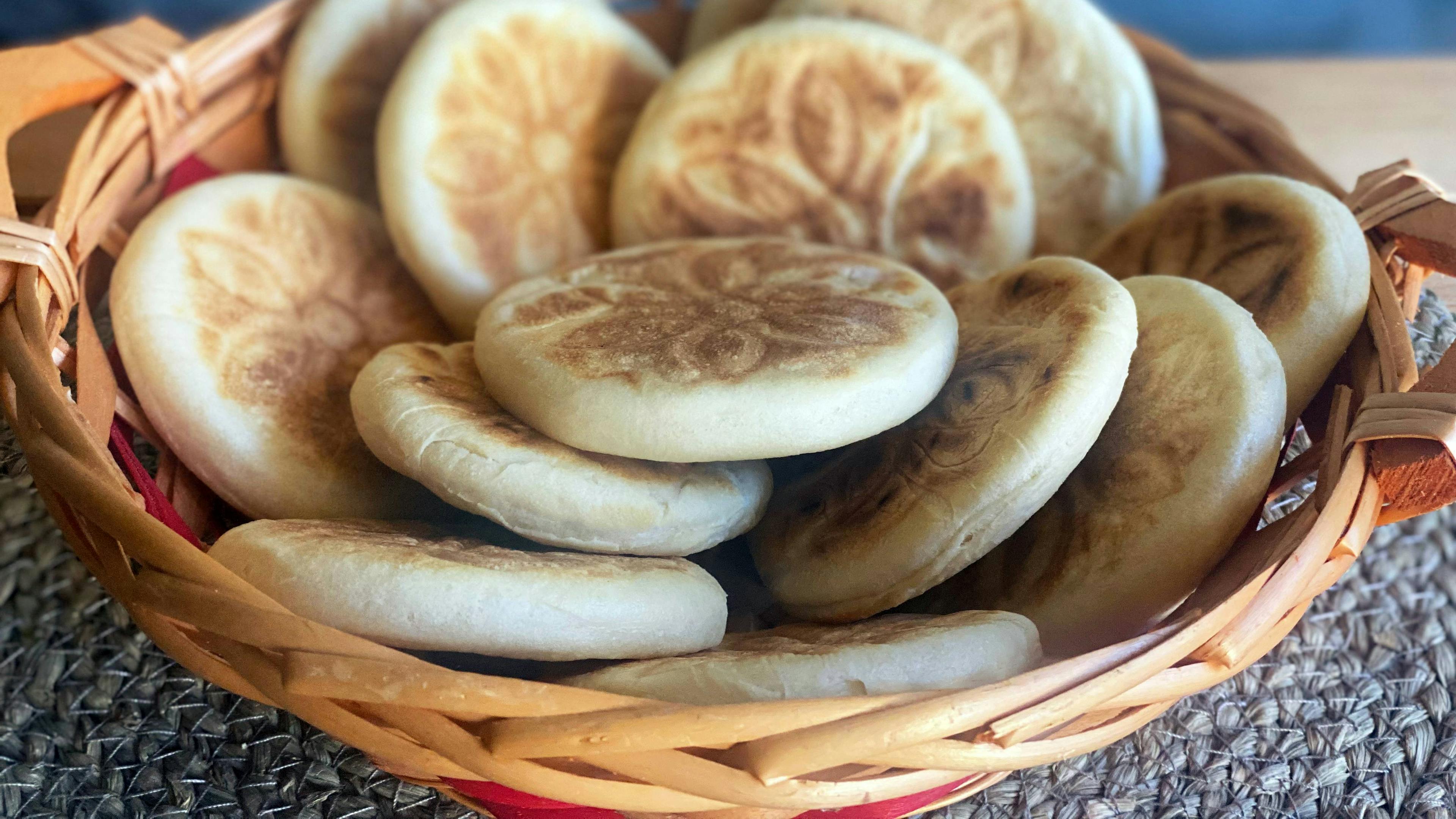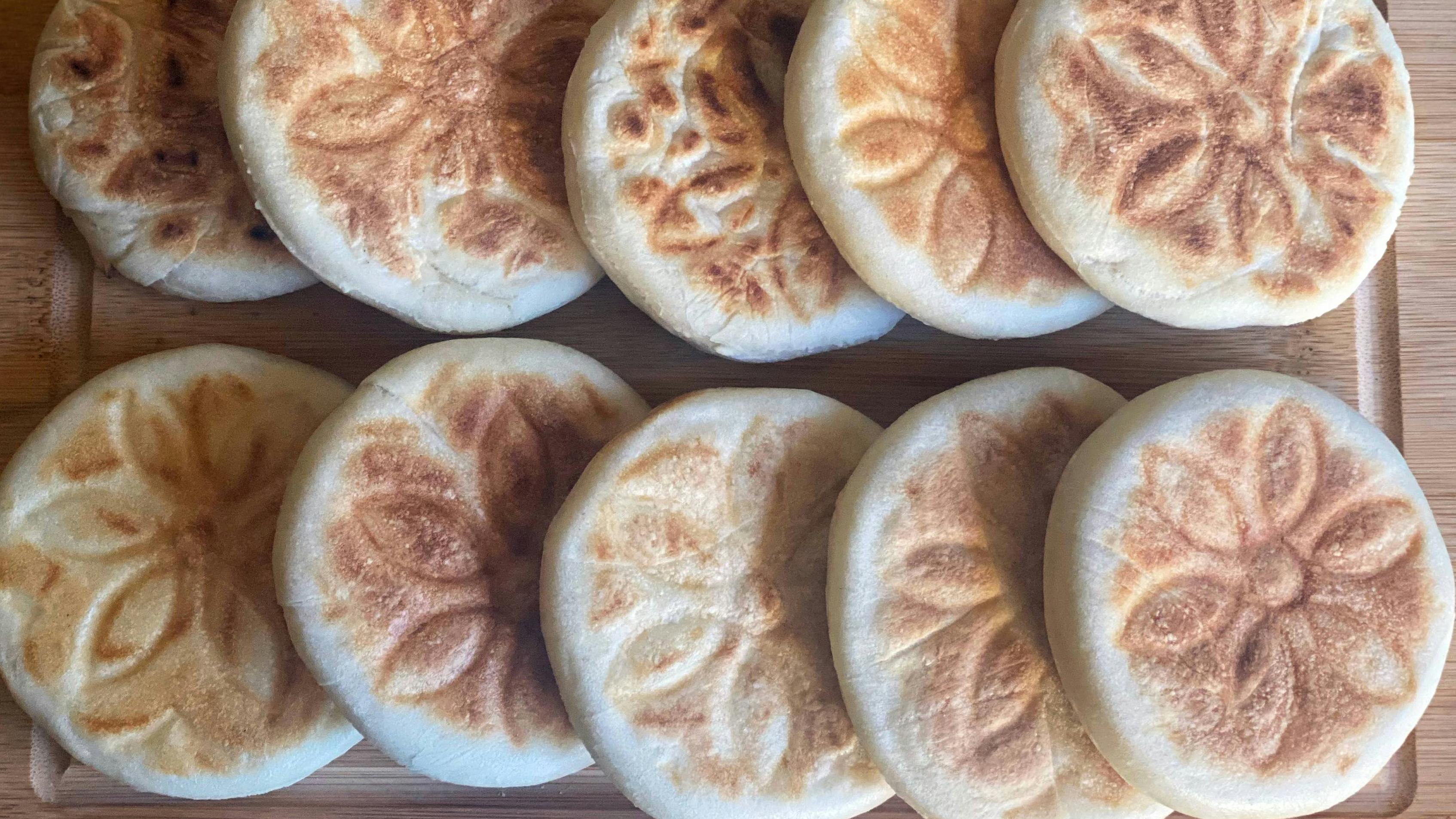

Tigelle, or more precisely crescentine, are a humble dish from the rural tradition of the Modenese Apennines. Farmers used to eat them as a substitute for bread, and in traditional households, they were baked every day. Today, these small leavened disks, characterized by a star-flower pattern symbolizing prosperity, can be found in the most authentic trattorias and at village festivals. They have become synonymous with conviviality, so much so that among young people—particularly in the provinces of Modena and Bologna—it’s not uncommon to hear someone say, "Let’s have gnocco and tigelle", referring to an evening spent in good company eating fried gnocco and crescentine.
Tigelle or Crescentine?
Let’s address the elephant in the room: are they called "tigelle" or "crescentine"? The correct name for the product is "crescentina", so named because the dough rises ("cresce") during the leavening process. However, when crescentine began to spread to areas surrounding the Modenese Apennines, the habit of calling them by the name of the tools used to cook them, "tigelle", became common. These were terracotta disks with a diameter of 10–12 centimeters between which the dough was placed. The word "tigella" comes from the Latin "tegere", meaning "to cover".
Today, instead of terracotta disks, aluminum molds called "tigelliere" or simple non-stick pans are used.
How are crescentine topped?
If you want to try the most traditional version of crescentine, you should fill them with "cunza", the typical Modenese pesto made of lard and rosemary, and sprinkle them with Parmesan. But the possibilities are endless: crescentine pair wonderfully with any kind of cured meat, and vegetarian options like stracchino and arugula are also delicious. They can even be enjoyed as a dessert, filled with butter and jam or chocolate spread.
The recipe to prepare Modenese crescentine
Let’s see how to prepare tigelle so you can enjoy them freshly cooked and fragrant with friends and family! Here’s the recipe from our Cesarina Claudia from Bargi, a small village in the Bolognese Apennines where tigelle are truly at home.
“I’ve been cooking tigelle for many years for my family and friends. It’s a traditional recipe that I’m deeply attached to”.

Tigelle (Crescentine) Recipe
The small flatbreads of the Modenese Apennines that go well with everything
Ingredients
- 1 kg of all-purpose flour
- 40 g of fresh yeast
- 250 ml of lukewarm water
- 250 ml of lukewarm milk
- 50 g of lard
- 8 g of fine salt
- 20 ml of olive oil
- 4 g of white sugar
Method
- Dissolve the yeast in the milk along with the sugar. In a bowl, mix the flour with the dissolved yeast, then add salt, oil, and water until you obtain a smooth, homogeneous dough.
- Cover the dough with a kitchen cloth and let it rise at room temperature for about 2 hours, until the dough doubles in volume.
- Once risen, knead the dough again and shape it into uniform balls. Cover them and let them rest for about 30 minutes.
- Heat the mold (or “tigelliera”) on both sides over the flame, then place the dough balls inside and cook them over moderate heat for about 3–4 minutes per side. At this point, the tigelle are ready to be served.
